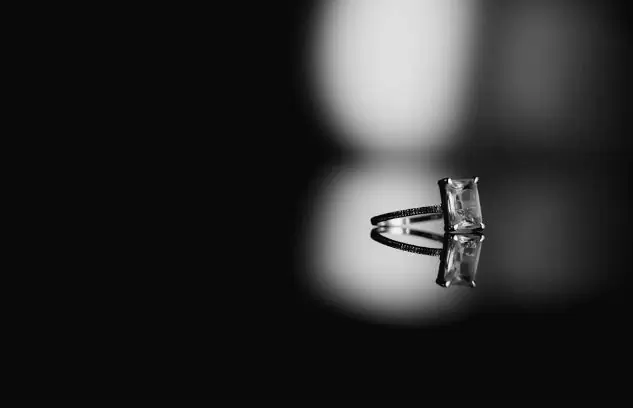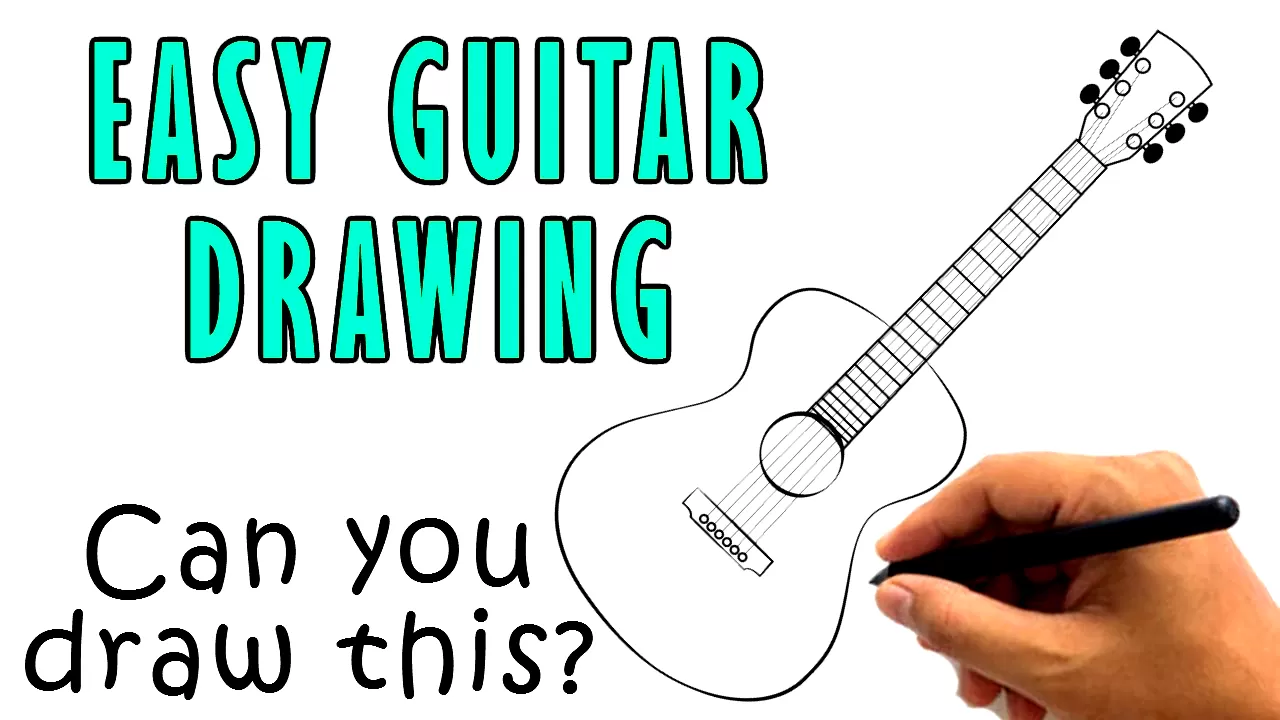How To Draw A Guitar
A guitar is a musical instrument that belongs to the chordophone family. It is played by plucking or strumming its strings, producing various notes and sounds. The most common type of guitar has six strings. Each tuned to a different note. The body of a guitar comprises various components, including the soundboard or top, back and sides, neck, frets, and headstock.
To draw a guitar accurately requires understanding the basic structure of this instrument. Start by outlining the body shape of your guitar using a pencil. Next, add details such as the soundhole on top and the bridge where the strings are attached at the bottom-center point on your framework. Don’t forget to include tuning pegs on top to adjust string tension appropriately.
Once you have drawn all the main parts in detail, it’s time to shade them according to their texture and tone variations. Add shading for depth and highlights for dimensionality so that every part looks as realistic as possible before finally erasing any extra lines left behind from your initial sketching effort!
Guitar drawing tutorials
Drawing a guitar can be challenging, but anyone can create a beautiful piece of art with the right techniques and patience. Start by sketching out the basic shape of the guitar’s body, which is usually symmetrical with an elongated oval shape. Next, add the neck of the guitar and draw out frets if desired. Remember to include tuning pegs at the top of the neck.
Once you have a basic outline of your guitar drawn, it’s time to start adding details. Add strings by drawing thin lines from your tuning pegs to where they would attach at the bottom of your guitar body. Draw pickups or sound holes depending on what kind of guitar you’re drawing.
Finally, add shading where appropriate to give your drawing depth and dimensionality. For example, shade around edges that would appear darker due to shadowing from light sources nearby. With practice and attention to detail, anyone can create stunning artwork depicting their favorite instrument: the guitar!
What steps can I take to learn how to draw a guitar from scratch?
You need a basic idea of its structure and components to draw a guitar from scratch. Start by researching different types of guitars and their unique features. Look for high-quality images of guitars online or in books to use as references.
Once you have a rough sketch of the guitar’s shape, add details such as the neck, fretboard, tuning pegs, and bridge. Pay close attention to proportions and angles to make the end result realistic.
To refine your drawing further, consider using shading techniques to create depth and texture. It can be achieved with pencils or digital tools like Adobe Photoshop or Procreate.
Finally, practice makes perfect! Keep drawing guitars from different angles and perspectives until you feel comfortable with the process. Over time, you’ll develop your style and techniques to help you create stunning guitar illustrations.
Drawing the Body: Begin with the body outline, then draw the details
Start by outlining the body of the guitar on your paper or canvas. It will give you a basic frame to work with and ensure that your proportions are correct. With the body shape in place, add details such as the sound hole, bridge, and tuning pegs. These elements will help bring your drawing to life and make it look like a real guitar.
Remember to keep an eye on your proportions when sketching in the details. The size and placement of each part should be accurate relative to the rest of the instrument. Pay attention to small details like contours and curves, as these can greatly impact how realistic your drawing looks.
Finally, don’t forget about shading! Adding light and dark areas can create depth and dimension in your drawing, making it appear three-dimensional rather than flat. Use shading techniques like cross-hatching or stippling to add texture and depth to different parts of the guitar’s body. With practice, you’ll soon be able to draw guitars (and other objects) easily!
Drawing the Neck: Follow the outline of the neck, adding the details
When drawing the neck of a guitar, it’s important to follow the outline of the neck first. Start by sketching a straight line for the length of the neck and then add two curved lines on either side to create its shape. Once you have your basic outline, add details such as frets and strings.
When drawing frets, it’s important to keep them evenly spaced apart. You can use a ruler or other straight-edge tool to help ensure accuracy. Additionally, draw each string individually rather than create one solid line across all the frets.
Finally, don’t forget to add any additional details, such as inlays or markers that may be present on the guitar neck. These small touches can make your drawing stand out and appear more realistic. By following these steps and taking your time with each detail, you can create an accurate and impressive drawing of a guitar neck.
FAQs
What materials do I need to draw a guitar?
To draw a guitar, you’ll need basic drawing materials like pencils, erasers, and paper. You may want to use colored pencils or markers to colour your drawing. Have a compatible stylus or tablet if you’re using a digital program.
Do I need any prior drawing skills to draw a guitar?
While some basic drawing skills will certainly help, it’s not necessary to be an expert artist to draw a guitar. With practice and patience, anyone can learn how to create a simple but effective sketch of this popular instrument.
Are there any tips for making my guitar drawing more realistic?
Yes! Pay attention to the details, such as the strings and tuning pegs. Also, focus on getting the proportions right – make sure that the neck of the guitar is longer than the body, for instance. Look at reference images online or from books for inspiration and guidance. Practice shading techniques to give your drawings depth and dimensionality.










